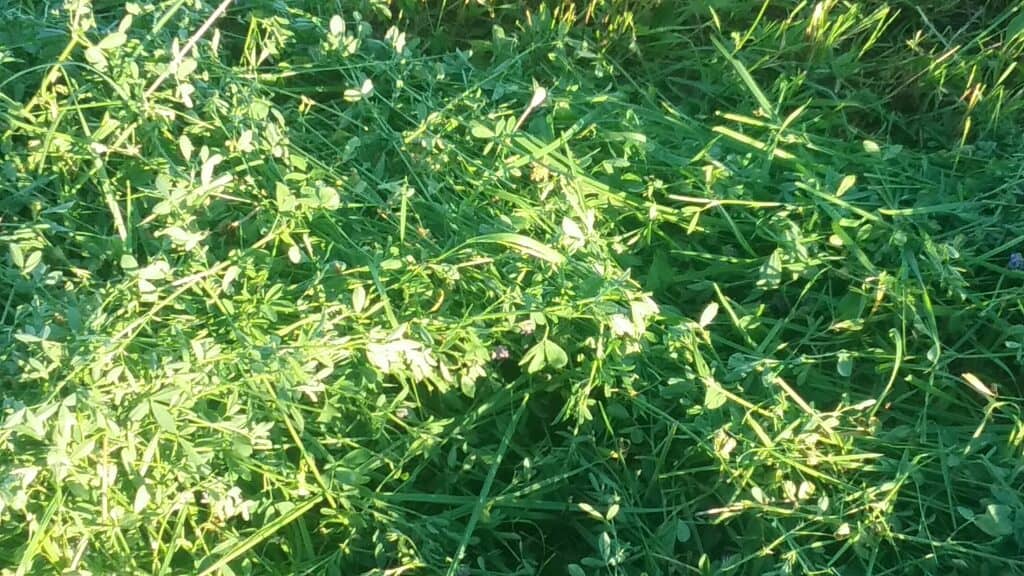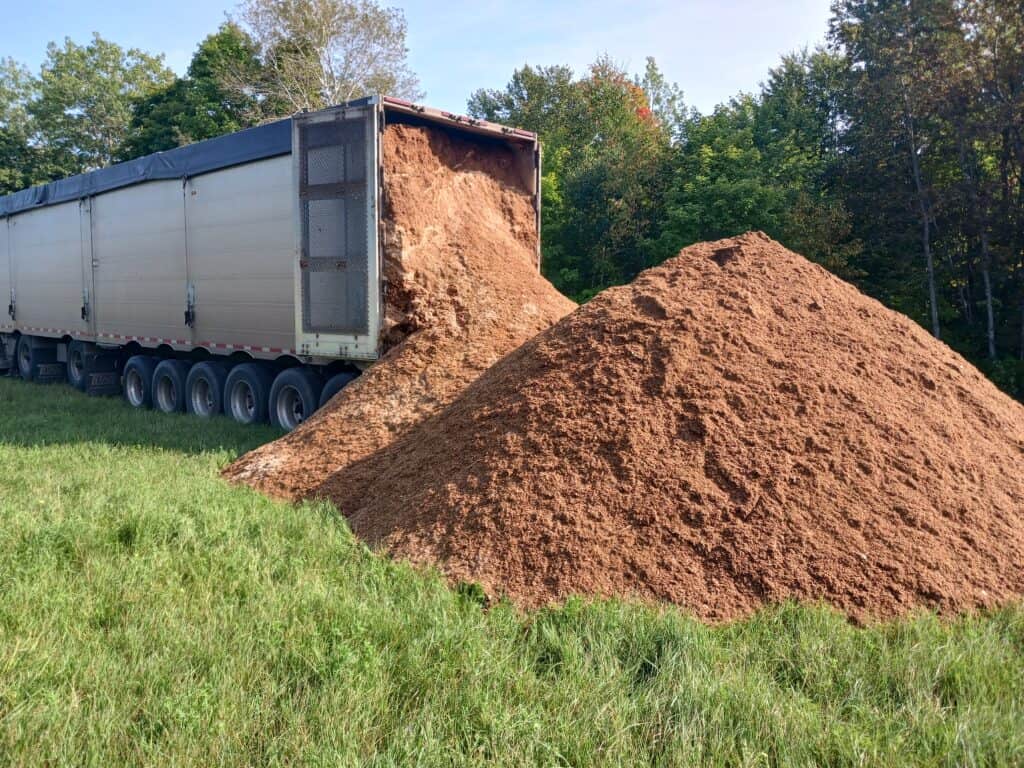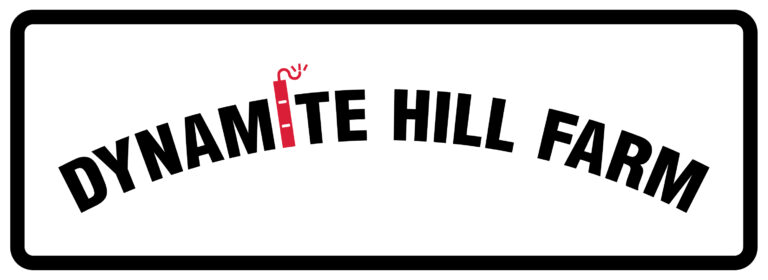Soil Health
During World War II infrastructure was built to produce explosives. After the war was over it was discovered that some of the chemicals produced as explosives also made crops grow aggressively. This was the beginning of chemical agriculture. At first chemical agriculture was touted as a miracle because yields increased dramatically. In many ways we are a victim of our own success. Because of the increased productivity, and more consistent crops, crop surpluses were common, leading to ever lower prices for farmers. This resulted in research into how to use the surplus. We developed vegetable oils, high fructose corn syrup, fat cattle, and even ethanol. Over the years N fertilizer use increased and so did yields. Nitrogen fertilizer, more than anything else, shaped the agriculture world we find ourselves in today. Low profitability of grain farming led to larger and larger farms, because farmers needed to farm thousands of acres to make a decent living. Government farm programs also played an important role. As fuel costs rose, N fertilizer costs also increased further eroding profitability for farmers. The government encouraged consumption of carbohydrates from grains and encouraged the use of so called “healthy” vegetable oils. Chemical use increased significantly on farms with the development of herbicides, pesticides and fungicides. The general approach to farming was to kill absolutely everything other than what you planted. This seemed like a good idea at the time, but with more time thoughtful people started noticing that people were not healthier, but rather much less healthy than they were a generation earlier.
At about the same time as we were discovering health issues, and their relationship to the American diet, another downturn is the farm sector was putting more and more farmers out of business. These were the same forces that were driving consolidation of farms and changing the rural and small town landscape. Adversity often triggers innovation, and this is what happened. A few farmers started experimenting with the accepted algorithm of growing grain crops. They could not afford the high N costs and used less, knowing they would get lower yields. The thought process was that they would focus on profitability rather than maximizing yields. Some tried minimum tillage, or even no-till. There were many failures, but not everyone failed. With the advent of the internet, self-organizing collectives formed to compare practices and results, so the same mistakes were not repeated over and over. This was basically the birth of regenerative agriculture.
The early pioneers started finding combinations that worked on their farms. State universities had been pretty much cheer leaders for Chemical Agriculture, but there were some mavericks. Rick Haney realized early on that there was some organic nitrogen in the soil and that this helped explain why some people were growing good crops with much less N than had been standard practice. Understanding that the soil was alive, and that soil microbes were a very positive force that had been ignored by Chemical Agriculture, was a major epiphany.
The success of Regenerative Agriculture led to many important discoveries and a better understanding of some of the problems caused by Chemical Agriculture. The heavy use of N, and even P, had quite adverse effects on soil microbes, that naturally make these materials available to plants. By using harsh chemicals we basically create a need for the chemicals because we damage the natural mechanisms that typically provide the nutrients. Talk about a business model! It was discovered that high dose N fertilization effectively reduces soil organic carbon and that prime soils in the corn belt have lost a substantial fraction of their active carbon over the last 70 years. This is a terrible price to pay, and something most farmers would abhor if they realized that their framing practices were so harmful. Others find that crops like corn used to grow soil organic matter, but now they deplete it because we have changed rates and how we farm.
New tools like tissue testing and sap testing are providing better ways to define ongoing crop development and availability of needed nutrients. Soil testing has also advanced, but soil tests do not necessarily predict availability of specific nutrients. Minerals that are deficient in the soil, will likely be deficient in the plant’s sap, but minerals that are present in the soil may not necessarily be available to the plant. Sap tests are more expensive than soil tests, but they provide a much better assessment of deficiencies or excesses. These tools enable farmers to apply exactly what they need, based on what the plant has or does not have. This is a very big step forward. Foliar sprays can address deficiencies very quickly, before issues become severe enough to impact yields.
The role of soil biology has also become better understood. The synergistic effects of bacteria and fungi on plants be it direct as an endophyte, or indirect as part of a network that includes microbes that produce specialized enzymes that can dissolve specific minerals and make them available to the plant. Microbes are nutrient miners, recyclers, and they impact soil water holding capacity and hydraulic soil properties. Microbes make the glues that form soil aggregates that not only hold the soil in place but allow water and roots to travel more freely within the soil. The microbes also feed larger species like nematodes and earth worms that also provide tillage effects in addition to recycling. Whereas chemical agriculture was very detrimental to soil biology, Regenerative Agriculture focuses on growing a diverse microbiome and a way of supporting plants nutritional needs.
An interesting aspect of soil biology was articulated by John Kempf. John’s observation is that plants are what make good soil, as opposed to the general belief that good soil makes healthy plants. Plants, when grown with optimum nutrition, are capable of photosynthesizing at levels many times greater than what is needed to support seed development. The excess sugars produced are released into the soil as exudates where they support and promote microbe population growth. This adds active carbon to the soil which is recycled over and over allowing growth or soil organic matter. The additional organic matter supports the next generation of plants, which are basically the seeds the plant is producing. The plant not only assures the next generation by providing seeds for the next season, it also prepares the environment so those seeds will thrive. Who said plants are dumb? Without the biology, soils would consist of only rock fragments. Generations and generations of plants are what create the organic base that become the home of the microbes. Both exudates and the plant biomass from the above ground part of the plant and the roots contribute. Good soil does produce healthy plants, but it was the plants that created the soil in the first place. Plants can add active carbon to soils much more quickly than historically believed. This is really what regenerative agriculture is all about. Its about regenerating prairie soils to what they were before we messed them up. Farmland in the upper peninsula was developed from forests rather than prairies. This land typically has lower organic matter because the forests produces less biomass, that contributes to sequestered carbon. Geology varies by location, so the mineral distribution can be quite different. Mineral and metal deficiencies exist. Only recently have we come to realize that certain elements are critical for specific crops. Correcting these deficiencies helps not only the plants, but many of the same elements are required by the soil microbes. Highly acid soils with PH levels below 5.5 are common across the UP. At this level, soil biology is significantly compromised. Pickling solution PH levels are typically below 4.6. Pickling preserves food because the acid level prevents biology from growing.
Soil organic matter has a way of compounding, like a savings account. As organic matter increases, plants have better nutrition because there are more microbes procuring nutrients. Water storage is also better, as is the cation exchange capacity. Improving the nutrient holding capacity means fewer nutrients are leached, so concentrations increase, increasing the growth rate of the plants. With better nutrition the plants get larger and produce more seed. Good soil becomes better with time. Better soil becomes great, even faster. This is often referred to as boot strapping. Once you get on the track, things go exponential. All we have to do is allow the process to start! Stopping counterproductive practices like excessive tillage, high rate fertilizer applications, and herbicide, pesticide, and fungicide treatments are good first steps. Cover crops help feed soil biology in the off season, and this can be very helpful. Cover crops also help moderate soil temperatures and moisture loss. Inoculation with needed bacterial and fungal species might also be helpful, as would carbon applications to feed the biology.



